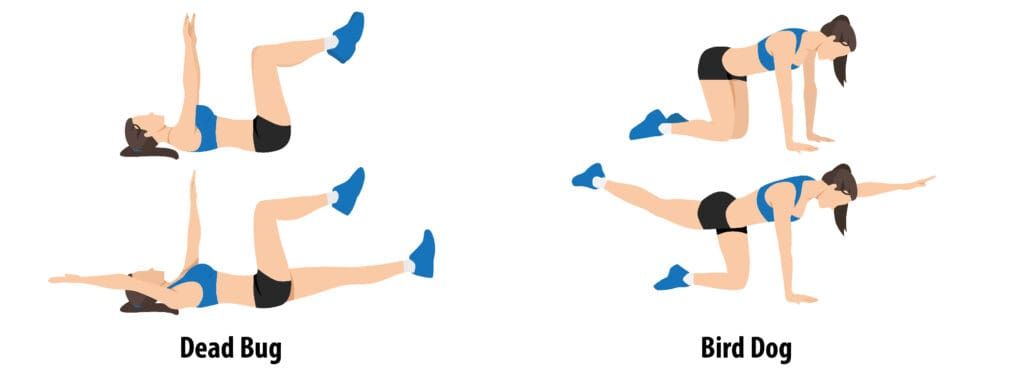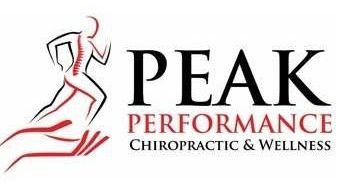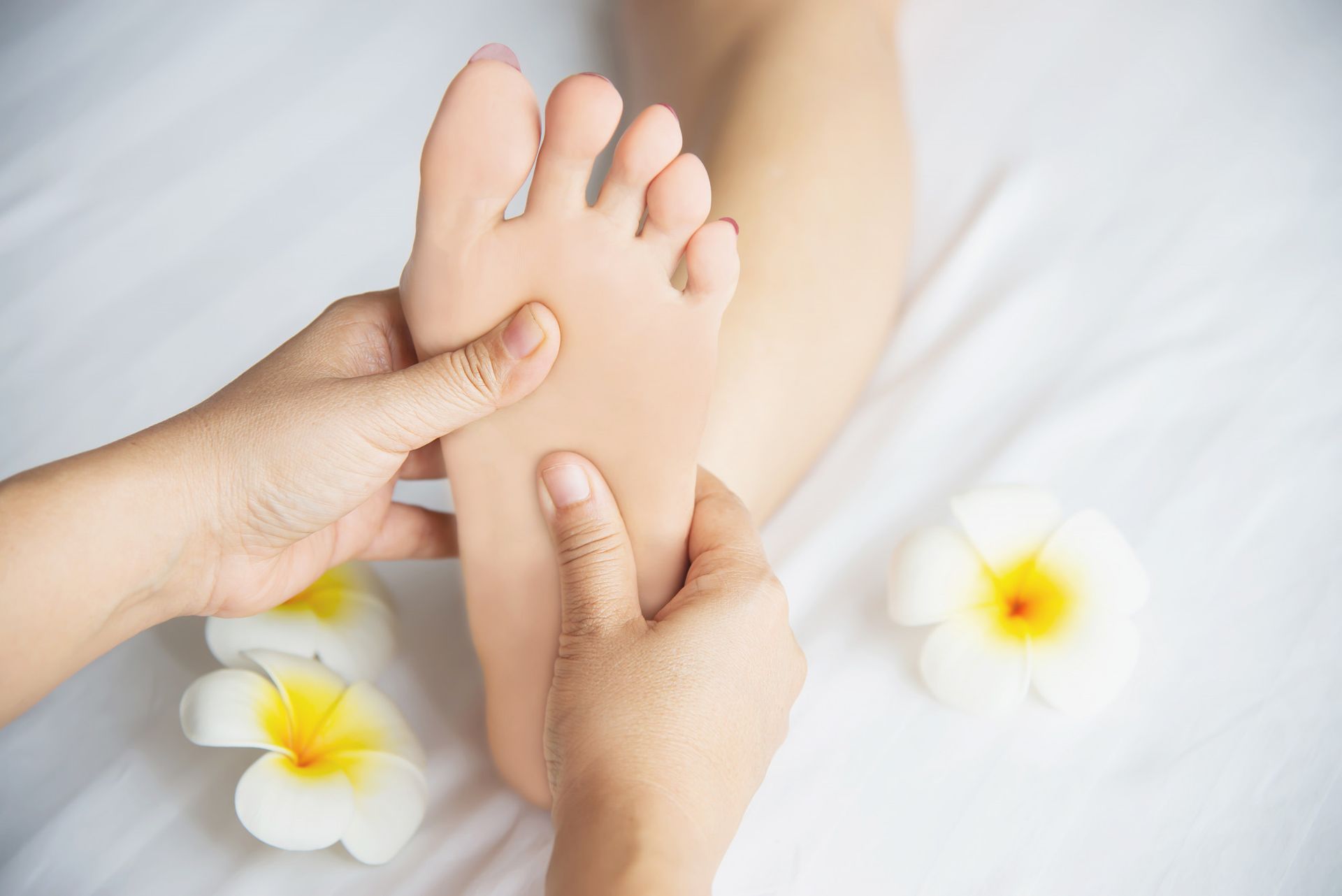Debunking Massage Myths

Massage therapy is widely known for its relaxation benefits, but there are many misconceptions that can cause confusion and prevent people from fully enjoying its therapeutic effects. As a medical massage office, we focus on evidence-based practices that can aid in pain relief, mobility, and overall well-being. In this blog, we’ll clear up some common myths about massage therapy to help you better understand its real benefits.
Myth 1: Massage Is Only for Relaxation
While many people associate massage with a day at the spa or a way to unwind after a stressful week, the truth is, massage therapy has a wide range of therapeutic benefits beyond relaxation.
Medical massage techniques are often used to target specific issues like muscle tension, joint pain, sports injuries, and chronic conditions like arthritis. Trigger point therapy, deep tissue massage, and myofascial release can provide pain relief and promote healing in a way that goes beyond mere relaxation.
In fact, massage therapy can be an essential part of a comprehensive treatment plan for conditions such as sciatica, tendonitis, and TMJ disorder. Whether you're recovering from an injury or managing ongoing discomfort, therapeutic massage can be a key tool in improving your quality of life.
Myth 2: Massage Hurts, So It Must Be Working
A common misconception is that if a massage isn’t painful, it isn’t effective. Many people assume that deep pressure is the only way to treat muscle tightness and tension. While deep tissue massage can indeed provide relief for some, it doesn't have to be a painful experience to be effective.
Massage therapy should always be tailored to the individual. Some people may need deeper pressure to target tight muscles, while others may find that a gentler technique is more effective. It’s important to communicate with your massage therapist about your comfort level. The right massage should provide relief without unnecessary discomfort. Painful massage can lead to muscle bruising or aggravate existing injuries, so always inform your therapist about any discomfort during the session.
Myth 3: Massage Is Just for Muscles
While massage therapy is commonly thought of as a way to work on muscles, it also benefits other parts of the body, including the nervous system, fascia, and connective tissues.
Fascia, the thin layer of connective tissue that surrounds muscles and organs, can become tight and restricted due to stress or injury. A skilled massage therapist can help release these restrictions and improve mobility. Additionally, massage can help reduce stress levels, lower blood pressure, and improve circulation, contributing to overall health beyond the muscles.
Furthermore, massage therapy can have a positive impact on the nervous system. It has been shown to reduce the body's fight-or-flight response, leading to lower levels of cortisol (the stress hormone) and increased production of endorphins, which are natural pain relievers.
Myth 4: Massage Is a One-Time Fix for Pain
Another myth is that a single massage will completely eliminate pain or stiffness. While massage therapy can offer significant relief, especially for acute muscle tension, it’s not always a one-time fix for chronic conditions.
In most cases, regular massage therapy sessions can help maintain progress and manage ongoing issues. For instance, if you suffer from lower back pain, a single massage may provide some relief, but regular treatments over time are often necessary to keep the muscles relaxed and prevent the pain from returning. This is why massage therapy is often combined with other treatments, like chiropractic care and physical therapy, to create a more comprehensive approach to managing pain and improving function.
Additionally, it’s important to follow any recommendations from your licensed massage therapist, such as stretching or strengthening exercises, to maintain the benefits of your massage. Proper self-care and a consistent routine can help keep pain at bay.
Myth 5: Massage Is Only for Luxurious Settings
While it’s true that many people think of massages as something reserved for spas or luxury hotels, medical massage is available in various settings, including chiropractic offices, physical therapy clinics, and wellness centers. These massages are specifically tailored to address therapeutic needs and focus on improving health outcomes.
In a medical massage setting, the goal is not only to relax but to target specific problem areas and treat musculoskeletal issues in a clinical environment. Whether you’re dealing with an injury, recovering from surgery, or managing a chronic condition, a medical massage therapist can work with you to create a treatment plan that addresses your unique needs.
Myth 6: Massage Is Only for People with Pain or Injuries
Many people think massage therapy is only for those experiencing pain or recovering from an injury. While massage is certainly beneficial for these conditions, it can also be helpful for people who don’t have any immediate discomfort.
Massage can be a great way to maintain overall health and well-being. It can reduce stress, improve sleep, and increase circulation, even for individuals who are not in pain. Regular massage therapy can also enhance flexibility and promote relaxation, making it an excellent addition to anyone’s self-care routine.
Myth 7: You Don’t Need to Talk to Your Therapist During Your Massage
While it’s common to think that you should just lay back and relax in silence, communicating with your massage therapist during the session is crucial for achieving the best results. Every person’s body is different, and it’s important to discuss your preferences, comfort level, and any areas of tension or discomfort.
If you experience any pain during the massage, let your therapist know so they can adjust their technique. Similarly, if you prefer a lighter touch or deeper pressure, this should be communicated as well. The more information your therapist has, the better they can customize the treatment to suit your needs.
Myth 8: Massage Should Always Be Done After Exercise
Although many people associate massage with post-workout recovery, it’s not always necessary to wait until after exercise to book a session. While post-exercise massage can help reduce muscle soreness and improve recovery, massage therapy can also be beneficial before a workout.
A pre-workout massage can help warm up the muscles, increase blood flow, and improve flexibility, which can reduce the risk of injury during physical activity. If you're preparing for a long run, heavy lifting, or any other strenuous activity, a massage can help loosen up tight muscles and get your body ready for action.
Myth 9: Massage Is Too Expensive
Some people may avoid massage therapy because they assume it’s too expensive. While the cost of massage can vary depending on the type of therapy and the length of the session, it typically ranges from $50-$150. Additionally, some insurance plans may cover massage therapy or offer discounts.
When you consider the long-term benefits of massage therapy, such as improved mobility, reduced pain, and a better quality of life, the cost becomes more of an investment in your overall health.
Conclusion
Massage therapy is a powerful tool in the realm of pain management, injury recovery, and general wellness. By debunking these common myths, we hope to help you gain a better understanding of what massage therapy can really offer. Whether you’re seeking relief from chronic pain or simply want to improve your overall well-being, massage therapy can be an effective and valuable part of your health care routine.
At Peak Performance here in Buffalo, NY, we focus on evidence-based treatments tailored to your individual needs. If you’re curious about how massage therapy can benefit you, don’t hesitate to reach out to our office!
Bethany Wolcott
D’Youville Chiropractic ‘26












